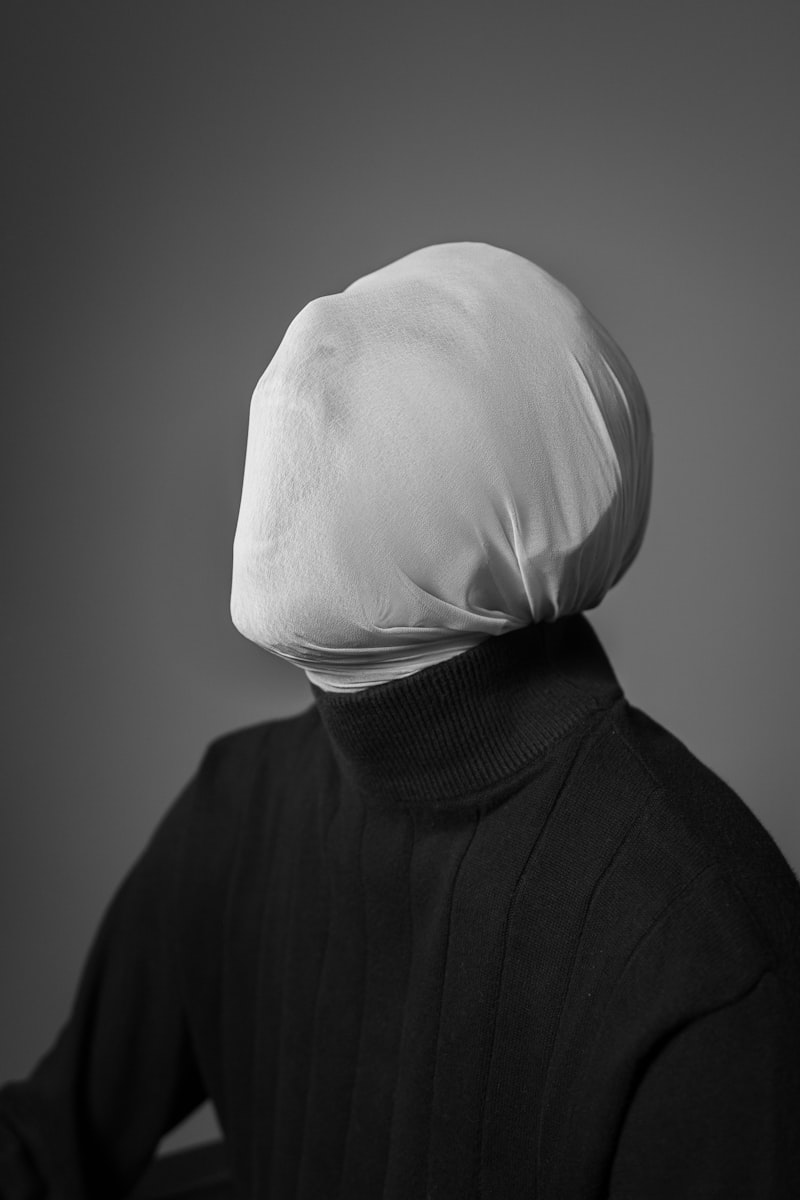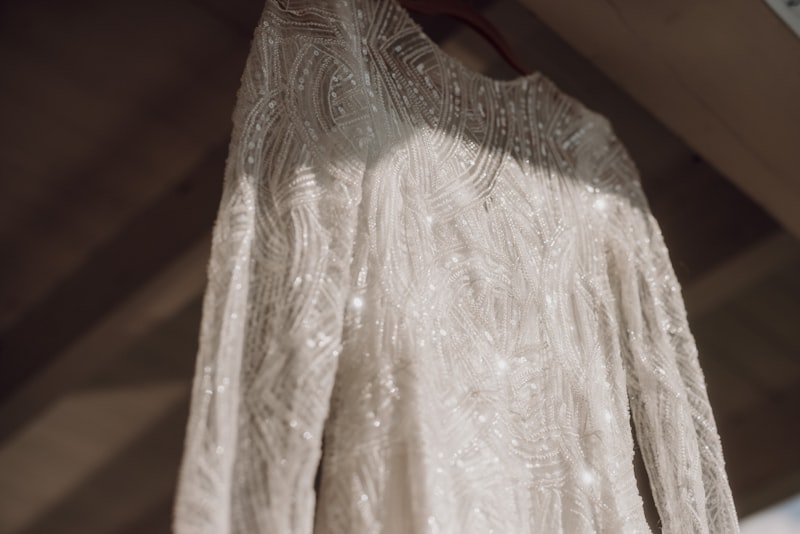The Evolution of Veils and Headpieces: A Journey Through Time
Introduction to the World of Veils and HeadpiecesThe history of veils and headpieces is as rich and varied as the cultures that have embraced them. From ancient civilizations to modern fashion trends, these adornments have played significant roles in rituals, fashion, and personal expression. This article delves into the evolution of veils and headpieces, examining their significance, styles across different eras, and contemporary interpretations.The Ancient BeginningsThe earliest records of head coverings date back to ancient civilizations, where veils served both practical and symbolic purposes. In places like Ancient Egypt, women wore sheer linen veils to protect their skin from the sun while showcasing their status. In addition to function, these veils were often adorned with intricate beads and jewels, signifying wealth and nobility.In Ancient Rome, headpieces began to evolve into more elaborate forms. Women of higher social status were often seen wearing veils during public appearances, signifying modesty and virtue. Similarly, in other cultures such as the Greek, the use of headpieces became a statement of sophistication and social class.Medieval and Renaissance InfluencesIn the Middle Ages, the use of veils became deeply entwined with marriage and religious practices. Brides across Europe commonly wore veils as a symbol of purity. Styles varied significantly based on region and wealth. Nobility often sported intricate lace veils adorned with precious gems, while worki...
Exploring the Historical Context of Wedding Apparel: A Journey Through Time
IntroductionWedding apparel has always been a significant aspect of matrimonial ceremonies, reflecting cultural values, social status, and personal tastes. The historical context of wedding apparel reveals fascinating insights into the evolution of fashion, societal norms, and the various influences that have shaped the wedding industry. From ancient traditions to modern styles, this article delves into the rich tapestry of wedding attire throughout history, examining how various factors have contributed to what we wear on our special day.The Ancient Roots of Wedding ApparelHistorically, wedding attire has varied widely across different cultures and time periods. In ancient civilizations, such as those in Mesopotamia and Egypt, weddings were celebrated with elaborate garments that symbolized wealth and status. For instance, brides often wore garments adorned with intricate embroidery and precious gemstones, signifying their family's prosperity.Roman and Greek InfluencesThe Romans and Greeks contributed significantly to wedding fashion. In Ancient Rome, brides typically donned a white tunic called a stola, made of high-quality wool or linen. This garment symbolized purity and modesty. Similarly, Greek brides wore a chiton, which was a simple yet elegant garment made from a rectangular piece of cloth, often beautifully draped to enhance the bride's appearance.Medieval Wedding AttireAs we moved into the medieval period, wedding attire became more elaborate and symbolic. Wealthy...
The Intersection of Art and Wedding Wear: A Harmonious Blend
Exploring the Artistic Dimensions of Wedding Fashion When it comes to weddings, the focus often falls on various elements such as venues, cuisine, and decorations. However, one of the most significant aspects that couples must consider is the attire — specifically, wedding wear. This fascinating intersection of art and wedding wear is where creativity and commemoration unite to create unforgettable experiences. The Evolution of Wedding Wear as Art Wedding fashion has undergone a remarkable evolution over the decades. From traditional gowns that strictly adhered to cultural norms to contemporary designs that break boundaries, the evolution of wedding wear reflects broader artistic movements. Historical Significance of Wedding Attire Historical styles of wedding wear often bore intricate details and symbolism. For instance, the Victorian wedding dress was characterized by its extravagant lace and floral motifs, representing purity and innocence. This historical context illustrates how societal values influence artistic interpretation in wedding fashion. Modern Trends: The Artistry in Wedding Wear Today, wedding wear has transcended traditional aesthetics. Modern designers are redefining what it means to be 'bridal' through innovative designs, fabrics, and colors. This creates an opportunity for individual expression in the wedding outfit. Fusion of Cultures and Styles One stunning aspect of contemporary wedding fashion is the fusion of various cultural elements. De...


